The Science of Healing : How Your Body Responds to Piercings
Body piercing is more than just a form of self-expression—it’s a process that your body has to adapt to, heal from, and incorporate. Whether it’s your first piercing or you’re adding another to your collection, understanding the science behind how your body heals a piercing can help you navigate the healing process and ensure everything goes smoothly. Let’s dive into how your body responds to body piercings, the stages of healing, and the factors that influence recovery.
The Piercing Process: An Invasive but Controlled Injury
A body piercing involves creating a hole in the skin, often through cartilage or soft tissue, which is essentially a controlled injury. While this may sound alarming, the process is typically quick and well-controlled. The body responds to this injury by activating its natural healing mechanisms, which include inflammation, tissue repair, and eventually, scar tissue formation. The goal of this process is to close the wound and establish a healthy environment around the jewelry inserted into the piercing.
Stage 1: Inflammation (Day 1 to Week 1)
When you first get pierced, the area around the piercing will immediately enter the inflammatory stage. This is the body’s initial response to any injury.
During this stage:
Blood Flow Increases: Your body sends more blood to the area to promote healing. This is why the area may appear red, swollen, and possibly feel warm to the touch.
White Blood Cells Mobilize: White blood cells rush to the site to help fight any bacteria or infection that could arise. This is why some swelling is common as your body works to protect itself.
Discharge of Fluid: You may notice some clear or yellowish fluid (known as lymph) around the piercing. This is normal and part of the body’s healing process. The lymph helps remove debris and keeps the wound clean.
Although the initial inflammation is natural, it’s important to be cautious during this stage. Avoid touching the piercing with unclean hands, as this can introduce bacteria into the wound.
Stage 2: Proliferation (Week 1 to Month 3)
Once the inflammation starts to subside, your body enters the proliferation stage, where it focuses on building new tissue around the piercing.
During this phase:
Collagen Production: The body begins producing collagen, a protein that forms the foundation of new tissue. This is what eventually creates the tissue that surrounds your jewelry.
Tissue Regeneration: The skin cells around the piercing regenerate, filling in the hole and creating a protective layer.
Healing of Soft Tissue: The healing tissue starts to feel firmer and less tender over time, although you may still experience some discomfort or irritation as the skin continues to adapt.
At this point, it’s important to continue proper aftercare to keep the area clean and prevent infections. While it may seem like the piercing is healing, the tissues are still fragile, and additional damage or infection can cause delays in healing.
Stage 3: Maturation (3 Months to 1 Year)
The final stage of healing, maturation, can last anywhere from three months to a full year, depending on the location and type of piercing. This stage is where the body continues to strengthen the tissue around the piercing, making it less prone to irritation or infection.
Scar Tissue Formation: While you may not notice it, the body starts to lay down stronger layers of scar tissue around the piercing. This tissue forms a protective barrier that secures the jewelry in place.
Tissue Strengthening: The tissues around the piercing become more durable and resilient. The piercing may feel fully healed on the surface, but deeper layers of tissue may still be adjusting, especially for cartilage piercings, which take longer to heal than soft tissue piercings.
Final Adaptation: Your body has essentially completed the repair process at this stage, and the piercing is now stabilized. However, it’s important to continue monitoring the piercing for any signs of infection or irritation.
Factors That Influence Healing
Not all piercings heal in the same way. Several factors can affect the healing process, including:
Location of the Piercing: Cartilage piercings (like things in the ear cartilage) tend to take longer to heal than soft tissue piercings (like the earlobe or navel). Cartilage has a lower blood supply, which can slow the healing process.
Type of Jewelry: High-quality jewelry made from materials like titanium, surgical stainless steel, or 14k gold is less likely to cause irritation or infection than jewelry made from cheaper metals, which may contain nickel or other allergens.
Aftercare: Proper aftercare is crucial. Cleaning the piercing with saline solution, avoiding touching it with dirty hands, and not changing the jewelry too soon can make a big difference in how quickly and successfully the piercing heals.
Health & Immune Function: If you have an underlying health condition or a weakened immune system, your body may take longer to heal, and you may be more susceptible to infection. Adequate nutrition, hydration, and rest can support your body’s ability to heal.
Signs Your Body Is Healing Well
While healing can take time, there are positive signs that your body is on the right track:
Reduced Redness and Swelling: After the first couple to few weeks, you should see a reduction in redness and swelling around the piercing.
Less Drainage: The fluid around the piercing should become less frequent and eventually stop. The drainage you do see will be clearish-yellowish in color.
Comfortable and Stable Piercing: After a few weeks, you may still have a small amount or pain or discomfort but definitely less so than before.
When to Seek Help
While some level of pain and discomfort is normal during healing, there are signs that indicate you might need professional help:
Severe or Prolonged Pain: If the piercing becomes increasingly painful, especially after the first few weeks, it could be a sign of infection or complications.
Excessive Drainage: If the piercing is producing green/bloody or foul-smelling drainage, it could indicate infection.
Piercing Rejection: If you notice the piercing hole becoming larger, the jewelry moving, or the skin around it thinning, the piercing might be rejecting. This can occur for a variety of reasons, including poor aftercare or an incompatible jewelry material.
Healing a body piercing is a complex and fascinating process. From the initial inflammation to the eventual maturation, your body works hard to incorporate the jewelry and form new tissue around it. Patience and proper care are key to ensuring that your piercing heals successfully and without complications. Understanding the science behind the healing process can help you make informed decisions during your aftercare, so you can enjoy your piercing for years to come!


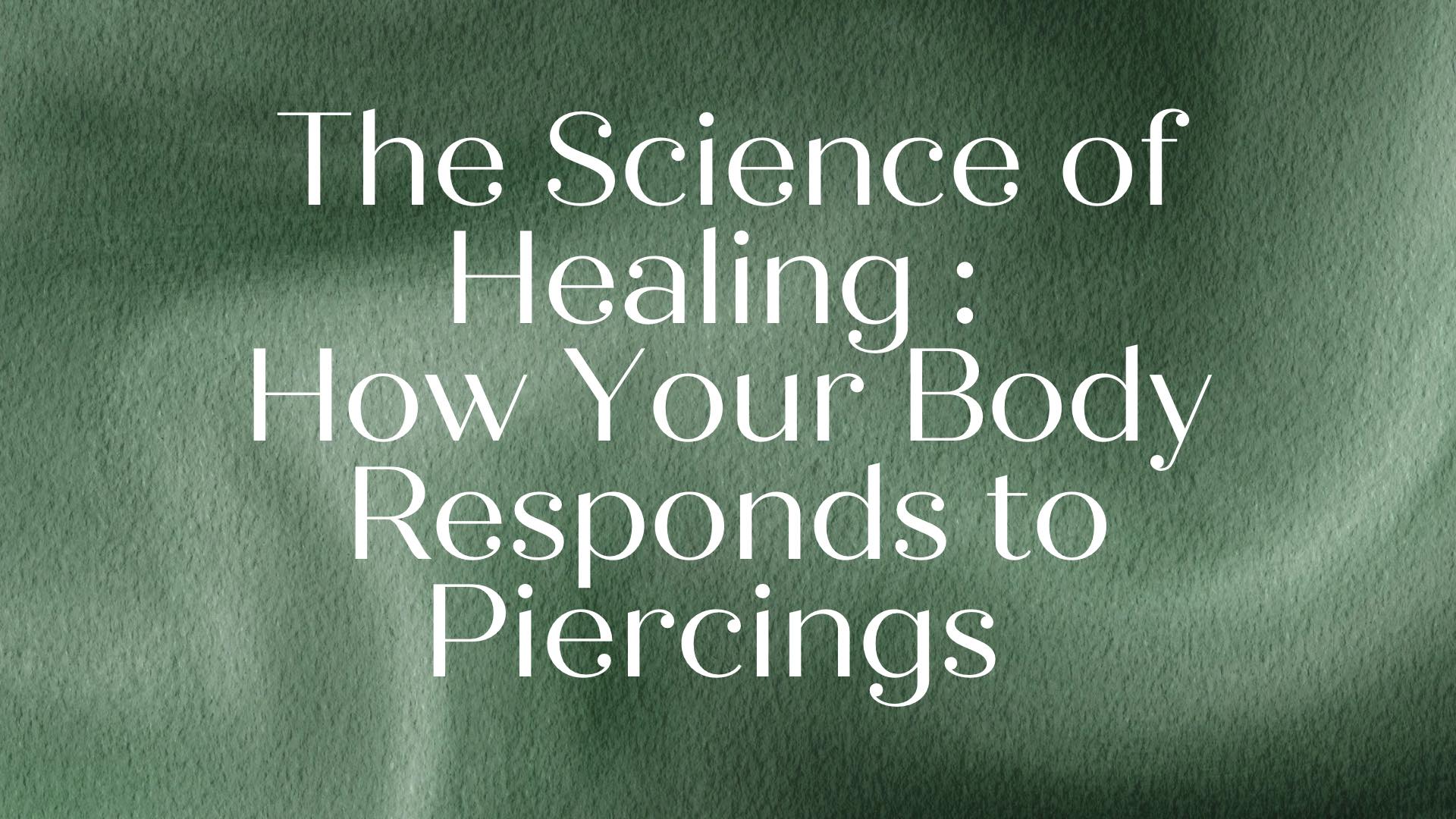


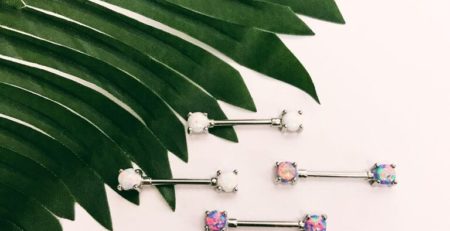
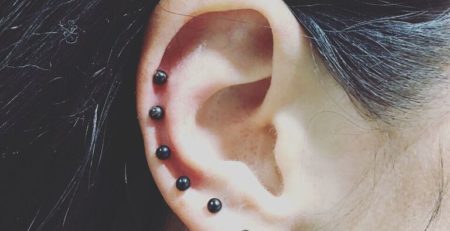
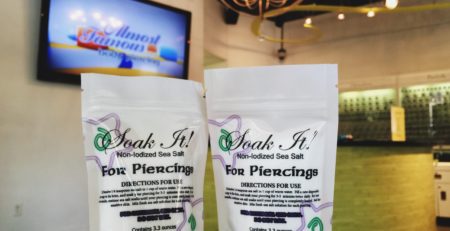


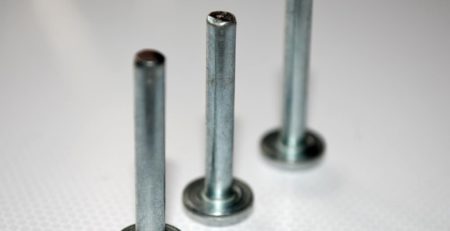



Leave a Reply